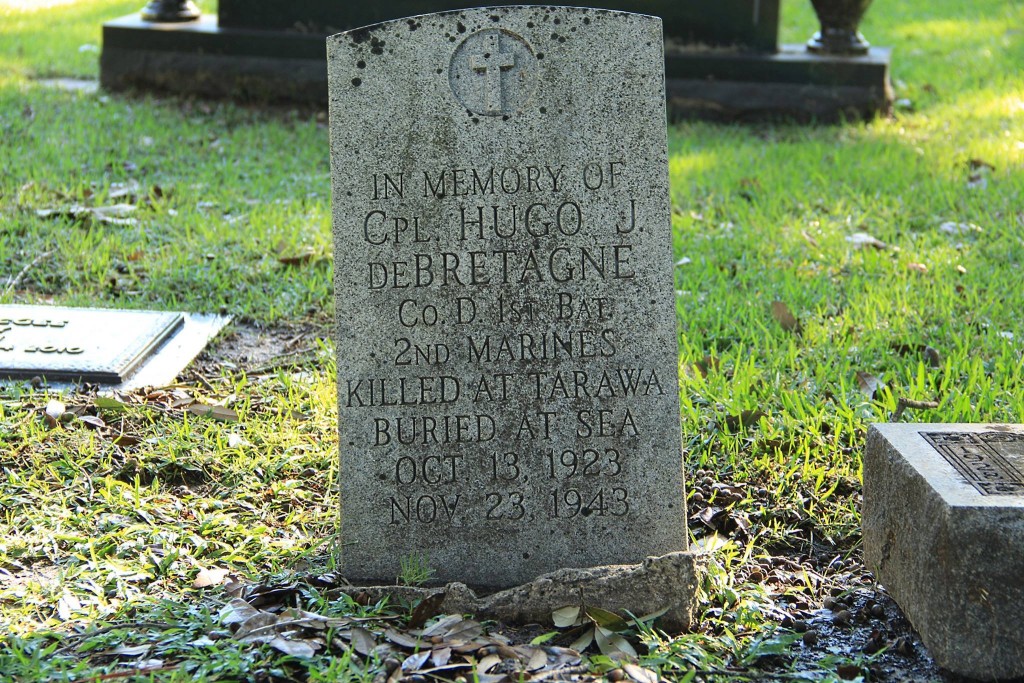
Last weekend, I went down a few rabbit holes linked to a couple of newspaper archives and Fold3, which is a military database offered by the website Ancestry. This is where I initially discovered the war diaries of the Marine Scout Bombing Squadron 931 (VSMB-931) dive-bomber squadron that trained in Jefferson County. My goal was to find a bit more information on Hugo DeBretagne, a Port Arthur marine who died in Tarawa in 1943. Since this week is the anniversary of Operation Detachment (the invasion of Iwo Jima), I wanted to search through what war diaries were available, if any. What I ended up finding were the diaries of the Second Marines concerning their part in Operation Galvanic (the siege of Betio Island in Tarawa), as well as a few more questions and scenarios.
In the pages of the Beaumont Journal and the Port Arthur News, I did find a few mentions of Hugo DeBretagne’s death and the fate of his brother, James, later in the war in Iwo Jima. I believe James was also in Tarawa, but I don’t know what unit he served in. The information regarding Hugo was inscribed on his memorial stone at Greenlawn Cemetery in Groves, Texas, so I could follow a bit of a paper trail for him, but not in James’s case. One thing I did find out in the newspaper archives was that James was wounded in Iwo Jima, but without knowing who he served with, I can’t find any answers.
Luckily, James DeBretagne survived the war. He spent time recovering in a Corpus Christi hospital from the wounds he suffered in Iwo Jima, for which he received the Purple Heart. That’s where the military history ends. I won’t get into other aspects of the family, but I will say that he lived a long life, and he passed in 1993 in Hardin County.
Before reading through the war diaries of the Second Marines, I had assumed that Hugo DeBretagne died on D-day 3—the third and last day of fighting on Betio. However, since there was little resistance that day, and given that he was buried at sea, I am beginning to think that he was wounded in the initial battle or on D-day 2. I doubt this question will ever be answered, but if I manage to do so, I will let you know. That’s the problem with research—when you think you have the right scenario, something changes it. But if the result is correcting our historical knowledge, that’s okay.
The last thing I will say about these brothers is that they were also on Guadalcanal, which would make a whole other major story. SETX gave a lot for the war, and it doesn’t matter what county you reside in; there are heroes in every hallowed ground of our area.
I’ve finally cut the cord, so to speak. Seven years ago, I was so fed up with the cable provider Spectrum that I switched to Dish (Latino). Oh, those World Cup memories! You could watch TV after a hurricane as long as you had a generator bringing the power to the TV and all the hookups. Now, the only thing you can watch on Dish that you can’t get anywhere else is the Dishscapes. Although nice, I will not pay $173 a month to see Bigfoot either boating or mowing the grass in his dapper Smokey Bear hat.
I remember that, back in the day, we had four channels: KJAC, KFDM, KBMT, and the Public Broadcasting Network (PBS) out of Houston (sponsored by the Getty Oil Company or the DuPont Foundation, of course). PBS had a big influence on me because of—yes—Sesame Street and The Electric Company. Later, in the ’80s, Soccer Made in Germany would put me on the weirdly inevitable path of becoming an English-football supporter and, even worse, a fan of Queens Park Rangers (QPR). The main reason was PBS’s coverage of the 1982 World Cup and the dreaded Football Association Cup final between QPR and Tottenham Hotspur. Probably the worst mistake I’ve made in my life, but “We R QPR,” and the pain continues.
R.I.P. Stan Bowles (24 December 1948 – 24 February 2024)

Around that time, we also discovered that we could cross wires and antennae to actually broadcast over the air—so to speak. A walky-talky may have been used, and the Federal Communications Commission had no idea we did this, but in 1982, we started our own radio station. Truth be told, we could only broadcast over a couple of blocks in our neighborhood, but you could listen to it on any radio in that area. Ninety-nine point something was the frequency. Regarding content, Rush, AC/DC, Judas Priest, Iron Maiden, and Ozzy Osbourne were played to no one. My cohost was worried that his mother may be listening because his house was a block away, but he was the one doing the things we shouldn’t have been doing in the first place, so there you go. It was fun, and I did see Ozzy Osbourne in Beaumont and lived to tell about it. I saw him a couple of times, but the one with Randy Rhoades at Fair Park was the best!
When we weren’t hacking into the airwaves, our radios would be tuned in to 104½ FM or 101 KLOL. I think I still have some cassette tapes of Linda Silk’s show on Saturday nights. Of course, Sunday mornings were strictly for KLVI 560’s show Cajun Bandstand, hosted by Johnny Janot. After Johnny passed, A. J. Judice stepped in front of the microphone for a couple of years. I miss Johnny. I know his dog gave him a hard time, but when you name your dog Sex, things usually don’t go smoothly in everyday life. (Story below!)
You know, everyone that has a dog either calls him Rover, or Boy, or Fido, or something.
Well, I call mine Sex. Sex is a very embarrassing name.
One day, I took Sex for a walk, and he ran away from me. I spent hours looking for that dog, and a cop came along and asked me what I was doing in this alley at four o’clock in the morning. I said I was looking for Sex. My case comes up next Thursday.
One day I went to city hall for a dog license for Sex, and the clerk asked me what I wanted, and I told him I wanted a license for Sex. And he said, “I’d like to have one too! “
But I said this is a dog, and he said, “ I don’t care how she looks.”
Then I said you don’t understand. I’ve had Sex since I was two years old.
And he said, “Boy, you must have been a strong boy.”
Well, I decided to get married and told the minister I wanted to have Sex at the wedding. He told me to wait until after the wedding. I told him but Sex has played a big part in my life, and my whole lifestyle revolves around Sex. He said he didn’t want to hear about my personal life and would not marry us in his church. I told him that everyone coming to the wedding would enjoy having Sex there. The next day, we were married by the Justice of the Peace, and my family are all barred from the church.
My wife and I took the dog along with us on our honeymoon, and when I checked into the motel I told the clerk I wanted a room for my wife and I, and a special room for Sex. The clerk said every room in the motel is for sex. Then I said, you don’t understand, Sex keeps me awake at night, and the clerk said, “Me too!”
One day I told my friend I had Sex on TV, and he said, “You show off.” I told him it was a contest. He said, “You should’ve sold tickets.”
Well, my wife and I separated and went to court to fight for custody of the dog, and I said your Honor, I’ve had Sex before I was married, and the judge said, “Me too!”
Now I’ve been thrown in jail, I’ve been married, I’ve been divorced, and had more damn trouble with that dog than I ever gambled for.
Why, just the other day, when I went for my first session with my psychiatrist, and she asked me what the problem was, I said, hell, Sex has died and left my life. It’s like losing a best friend, and it’s so lonely.
The doctor said, “Look, mister, you and I both know that sex isn’t man’s best friend.”
Go get yourself a dog!
Johnny Janot
Until next week, We still R #QPR
Johnny Janot:
Stan Bowles: https://www.bbc.com/sport/football/68394453

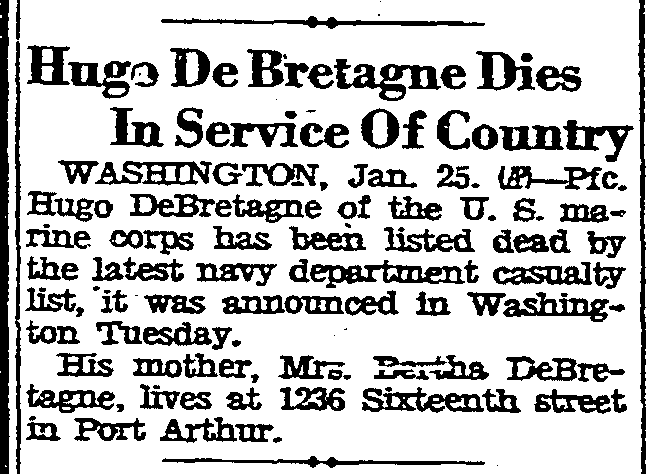
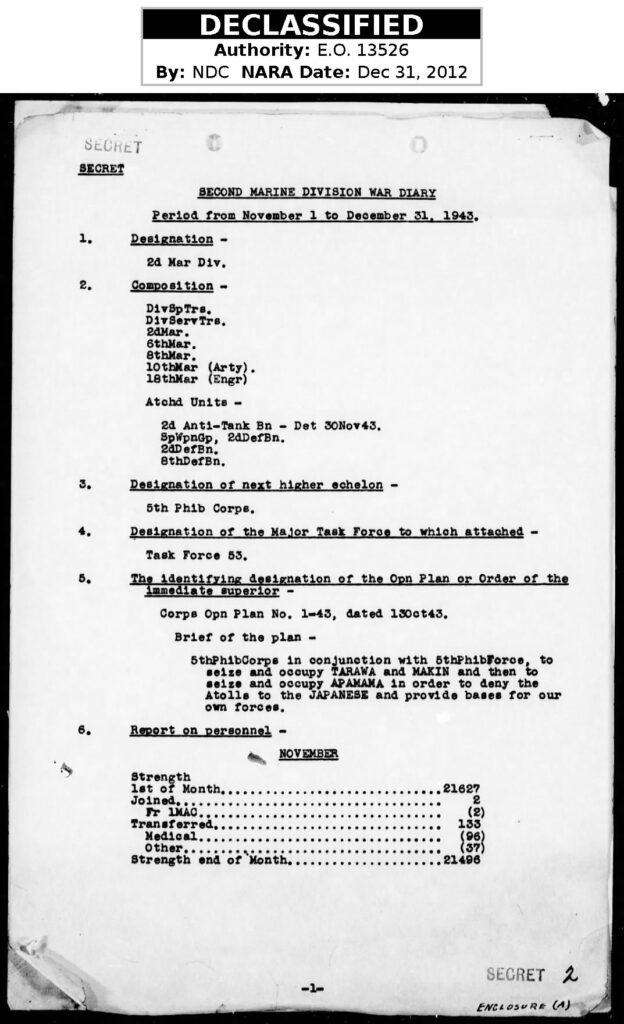





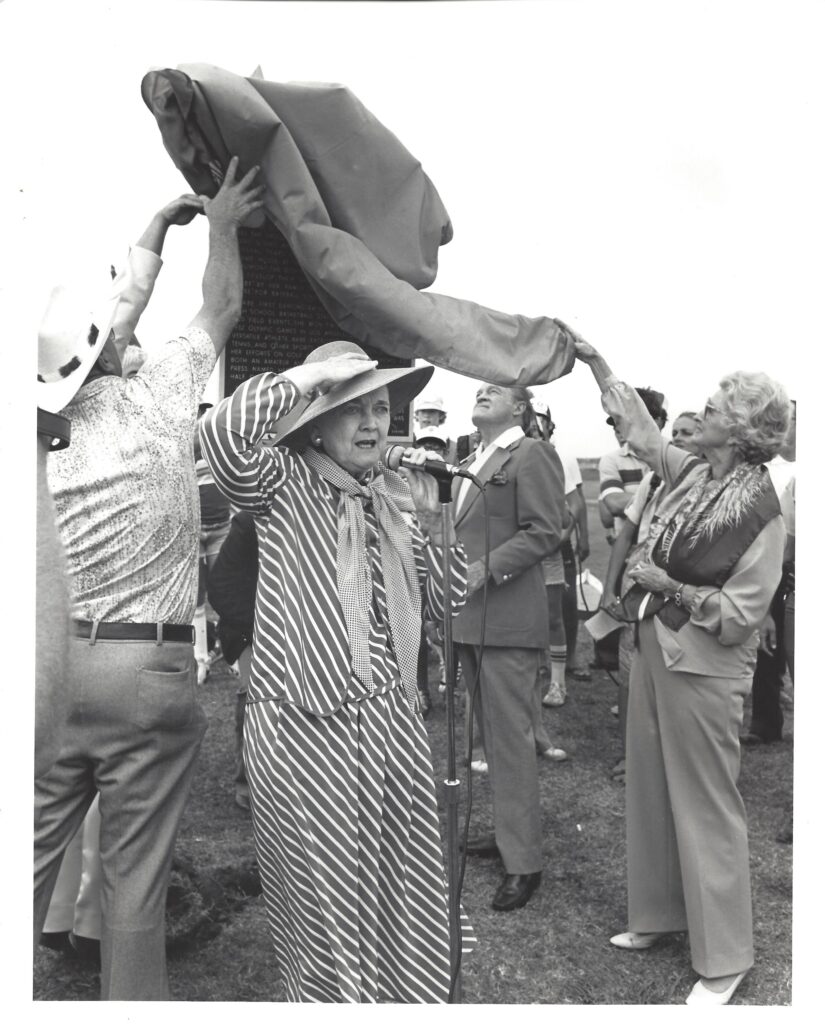
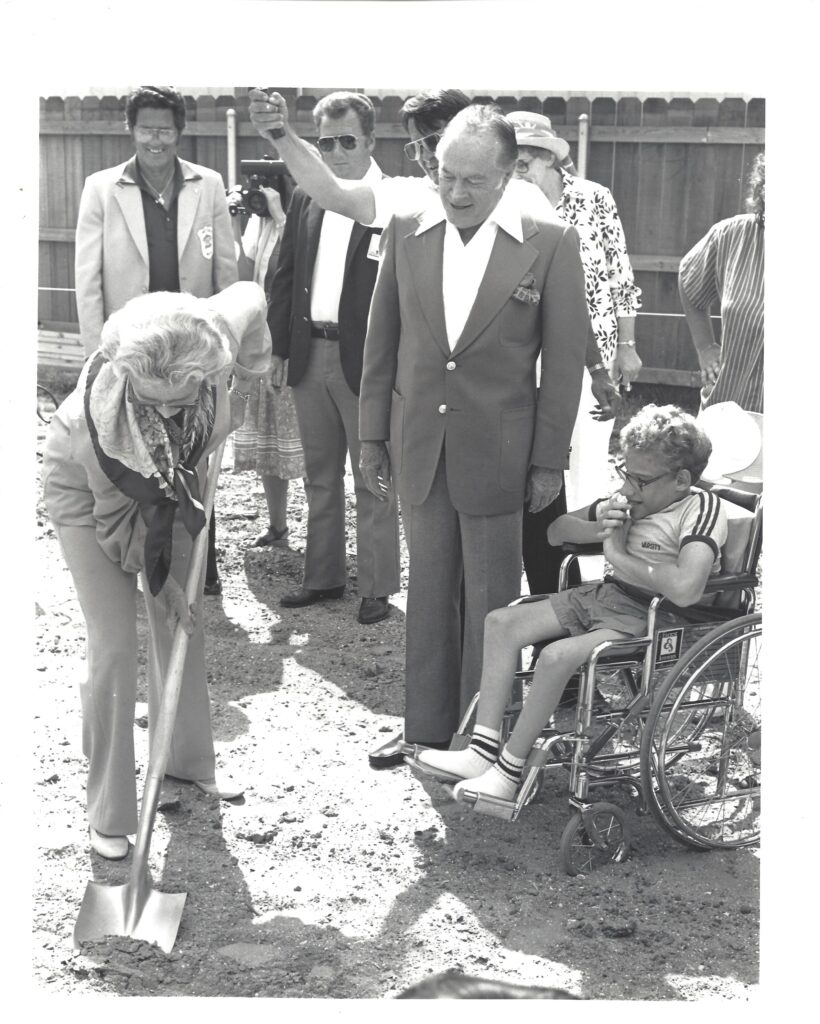

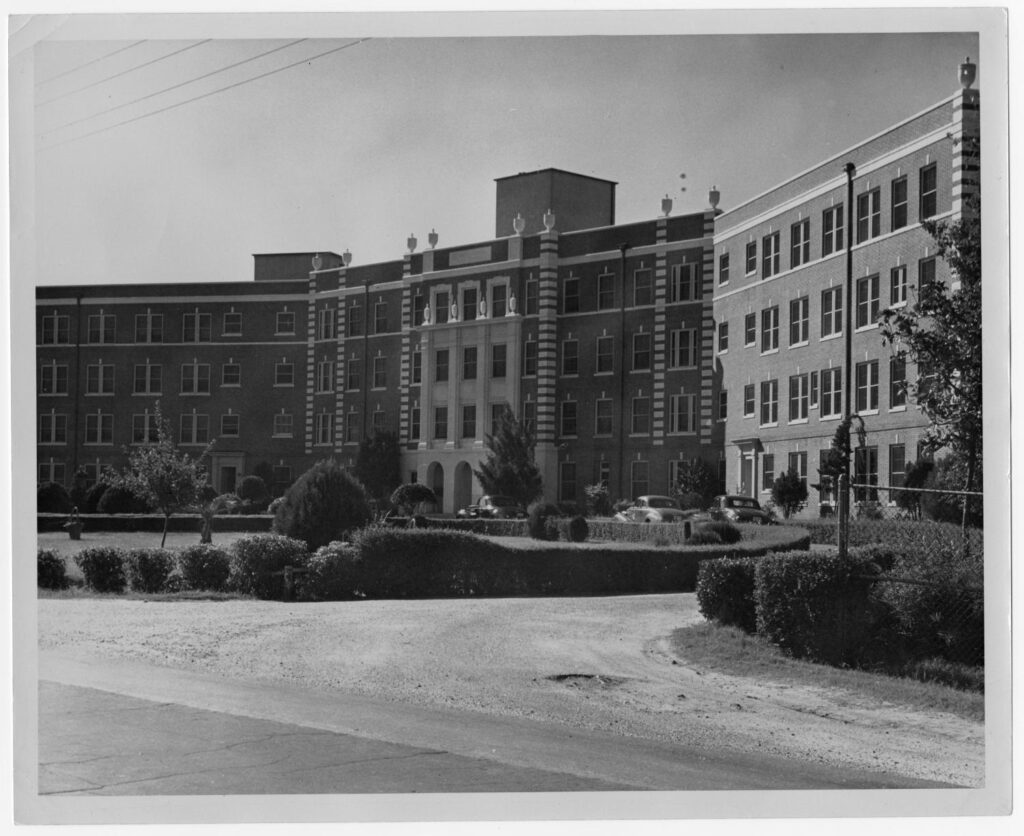
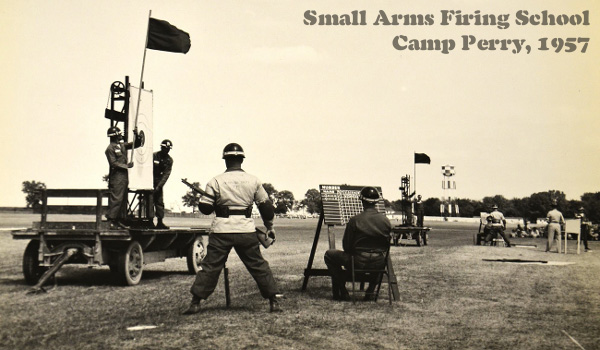
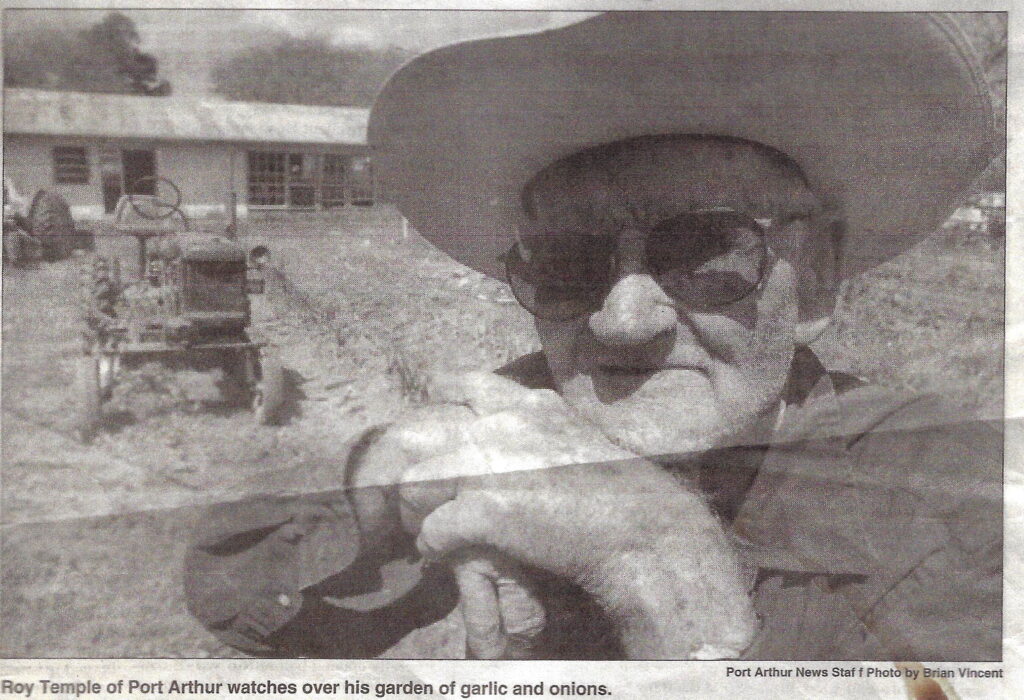
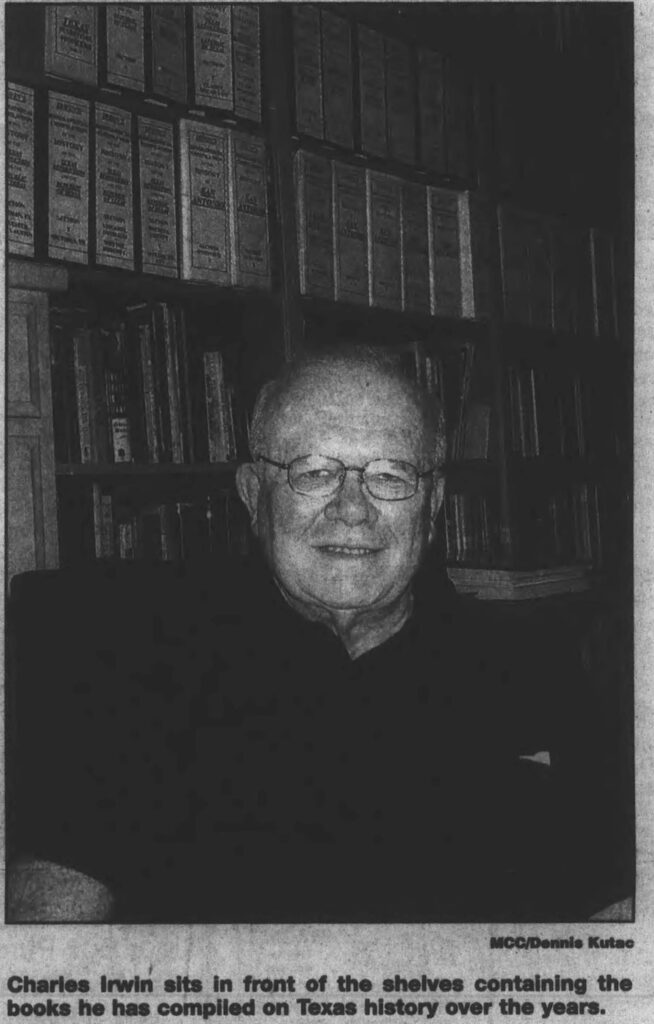
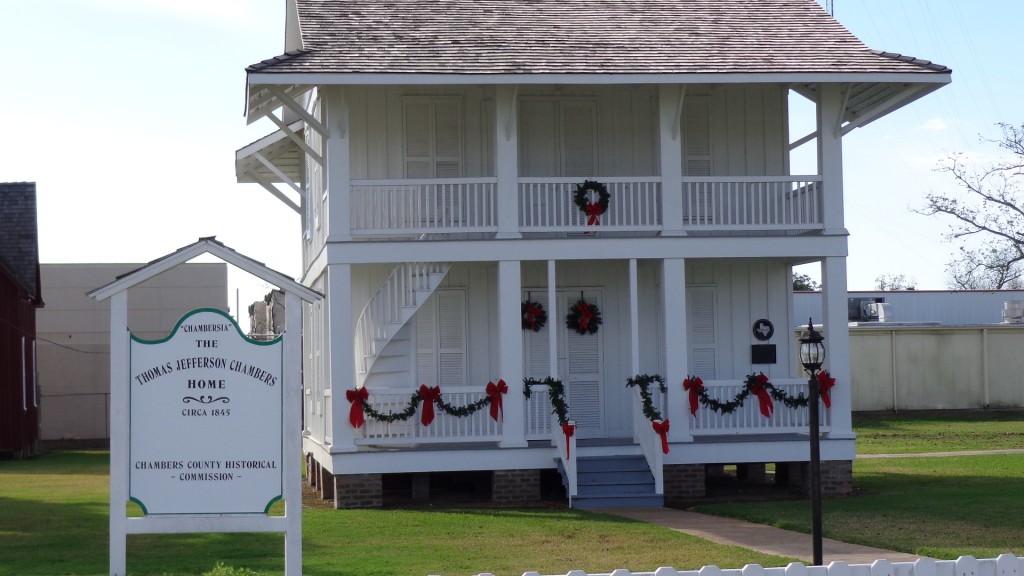
You must be logged in to post a comment.